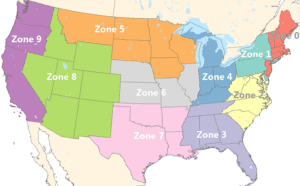
Freight Volume Heats Up in Northern Regions, as Q1 Closes
Our usual theme for Spring is to look South for an increase in freight activity. This year has been different

Our usual theme for Spring is to look South for an increase in freight activity. This year has been different
The crazy weather continues to disrupt freight patterns. The American Trucking Associations blamed ice and snow for a decline in
The weather had a huge impact on last week’s freight movements, including some unexpected developments. Certain secondary markets were
Investment analysts see indicators of a recovery in the manufacturing sector, particularly in the Midwest, but current trends in
Freight is moving like gangbusters on the spot market, and rates are trending up again. This is unusual for the
Rates are unusually strong on the spot market in mid-August, especially for reefers and vans. Reefers Get a Lift –
Van and flatbed rates rebounded this week, following “Backhaul Tuesday.” Van rates jumped 4¢ per mile as a national average
Got reefers? It’s time to move ’em on down to produce markets in the Southern states. Spring is finally here.
Where’s the Action? Right now, you’re either shaking your head and saying there’s no action at all, or you are